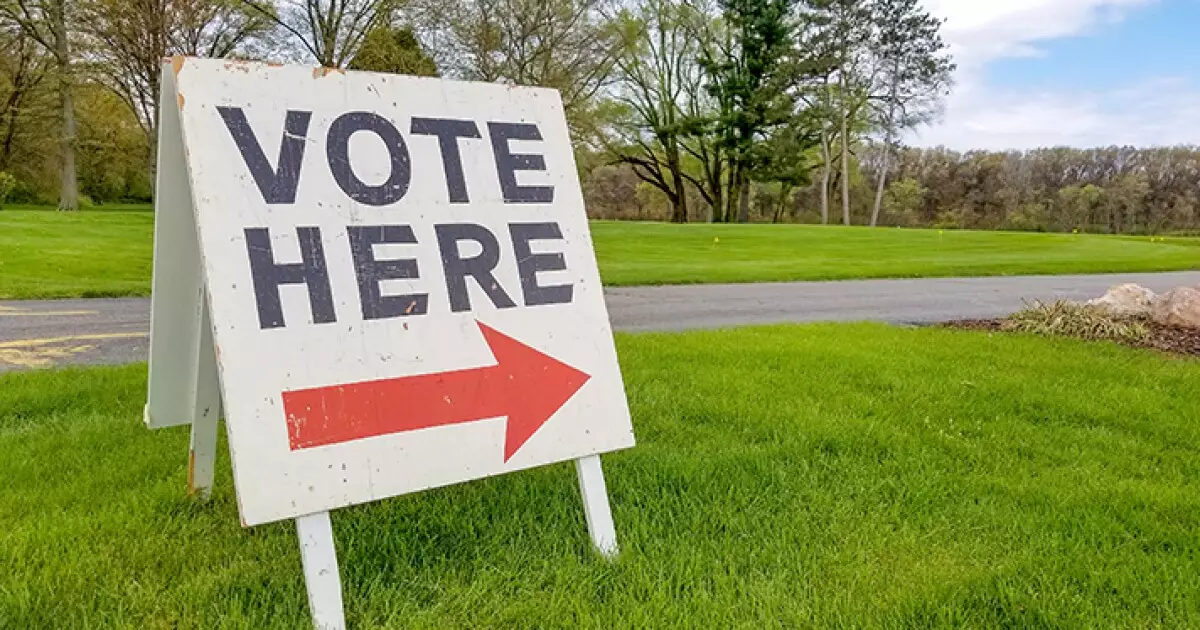As Texas grapples with a rapidly increasing population and the financial burdens that come with it, local governments and school districts find themselves on a precarious path when it comes to balancing tax increases and substantial bond measures. Governor Greg Abbott’s recent push for stringent measures to restrict local tax hikes may create more complications than solutions, particularly when local entities are already facing tight budgets and stringent infrastructure demands.
In his State of the State address, Governor Abbott outlined a vision for fiscal restraint by demanding higher voter approval thresholds for tax increases and bond propositions. His desire to curb loopholes in property tax adjustments comes as Texas attempts to buffer its citizens from financial overload while also enacting a significant $22.7 billion property tax relief package. Abbott’s proposition to raise the approval requirement from a simple majority to a two-thirds supermajority could significantly complicate the financial landscape for local governments reliant on public support for essential funding.
The proposal to restrict such votes strictly to November ballots—not allowing May polls—further tightens the already narrow window for local governments to seek financial backing. While Abbott’s intentions may stem from a focus on protecting property owners, one cannot disregard the potential ramifications for entities tasked with maintaining and improving infrastructure and educational facilities across the state.
The legislative response to Abbott’s call has been mixed. Lieutenant Governor Dan Patrick’s signaling towards a swift passage of such bills illustrates the potential for rapid changes. However, not all voices in the legislature agree with the supermajority concept. Some lawmakers, like State Senator Paul Bettencourt, question whether the burden of obtaining a two-thirds majority should fall on voters or elected officials. This hesitation indicates the complexities of local governance in a state filled with diverse needs and rapidly growing populations.
As lawmakers explore adjusting voter approval thresholds, several proposals are on the table—ranging from a 60% approval rate for general obligation bonds and property tax hikes to measures aimed at limiting the amounts of debt linked to the Permanent School Fund. These adjustments reflect a broader concern within the political sphere regarding the infrastructure demands posed by Texas’s explosive population growth.
The challenges imposed by changing voting requirements could disproportionately impact the ability of fast-growing communities to fund necessary projects. As Texas’s population soared by over 9 million residents between 2000 and 2022, the demands for schools, roadwork, and public services have escalated. School districts, in particular, have utilized voter-approved bonds to expand facilities and services, particularly as record bond volumes have surged within this period.
Kevin Brown, the executive director of the Texas Association of School Administrators, aptly noted that with tighter approval requirements, many districts may find it nearly impossible to secure funding. The added challenge could inadvertently harm the educational sector, where timely infrastructure upgrades are critical for accommodating ever-growing student enrollments.
With recent elections in various districts illustrating the precarious nature of passing significant bond measures, the proposed shift in voting requirements stands to exacerbate an already urgent situation. The Round Rock Independent School District, for instance, narrowly escaped meeting the new potential threshold during their recent approval of a significant bond, highlighting the fragility of local funding in this evolving political terrain.
From a macroeconomic standpoint, the proposed measures could invite scrutiny from rating agencies. S&P Global Ratings highlighted a troubling trend, pointing to credit deterioration for Texas public schools if revenue shortfalls remain unaddressed. They project that budgetary pressures are likely to persist unless inflationary growth in operational costs is met with adequate adjustments in state aid and local tax rates.
This uncertainty around local funding raises critical concerns about the quality of education and public services that money ostensibly supports. With Houston’s mayor already under pressure to address a growing structural budget deficit, financial stability for municipalities is drastically at risk, particularly if voter thresholds become even stricter.
Overall, the proposed changes to local tax and bond regulations in Texas reflect a broader struggle between fiscal responsibility and the pressing infrastructure needs of a rapidly growing population. Balancing the scales will be challenging, as lawmakers navigate competing interests: the desire for property tax relief against the need for essential public services and infrastructural developments. As discussions continue, the real question remains—can Texas find a sustainable balance that allows it to thrive economically while ensuring that taxpayers feel secure in their contributions to local governance?

